

Engage prospects with a scan and streamline customer engagement with FREE QR code marketing tools by Sona – no strings attached!
Create a Free QR CodeFree consultation

No commitment

Engage prospects with a scan and streamline customer engagement with FREE QR code marketing tools by Sona – no strings attached!
Create a Free QR CodeFree consultation

No commitment
Senior care providers face growing pressure to bridge the offline to online gap as families and regulatory bodies expect more transparency and real-time engagement. Many facilities still depend on outdated paper surveys or suggestion boxes that are easily overlooked, leading to delayed insights and missed opportunities to address resident or family concerns before they escalate. This gap hampers not only service improvement but also the ability to surface priority issues quickly, posing direct risks to reputation and resident satisfaction.
QR codes are reshaping how senior living communities, assisted living facilities, and nursing homes gather input. By enabling immediate, app-free interactions, these codes remove friction for residents, families, and staff, bringing feedback instantly into digital systems where it can be tracked, segmented, and acted upon. Facilities adopting QR-driven methods have seen dramatic increases in participation and a sharper view of high-value feedback signals, which leads to swifter interventions and enhanced care outcomes.
This article explains how senior care organizations can integrate QR codes into the everyday fabric of their facilities, collecting richer data, fostering better communication, and creating a foundation for operational excellence. Discover practical strategies for making feedback easily accessible and how modern, data-driven approaches are closing the loop from input to measurable care improvements.
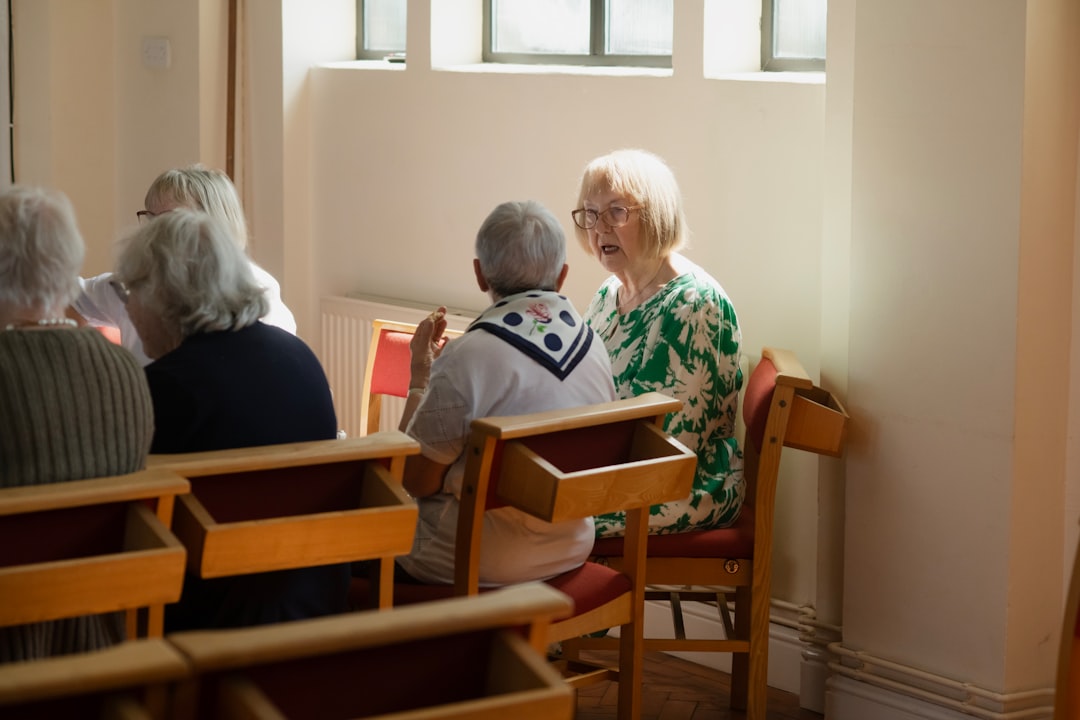
Senior care providers often miss out on high-value input when feedback is buried in paperwork or left uncollected due to manual, misplaced forms. This can lead to critical service gaps and under-addressed complaints. Digital QR codes dramatically shorten this feedback loop by connecting in-person experiences with actionable insights.
Replacing analog tools with QR-enabled experiences modernizes the feedback journey. Paper forms can be digitized into mobile-friendly surveys that update dynamically as needs change, and suggestion boxes can be transformed into focused, trackable forms routed to the right team. QR codes reduce time to insight, capture more complete data, and feed downstream systems for timely follow-up. Explore simple survey setup with this Google Forms QR guide.
A nursing facility that embedded QR codes on meal trays captured daily food service feedback with minimal staff intervention. The team adjusted menus based on sentiment trends and specific dish-level feedback, increasing dining satisfaction and reducing waste. Modern QR platforms can automate scan tracking and CRM syncing, ensuring that high-value issues and priority requests are never lost in manual processing. For campaign tips, see this QR marketing guide.
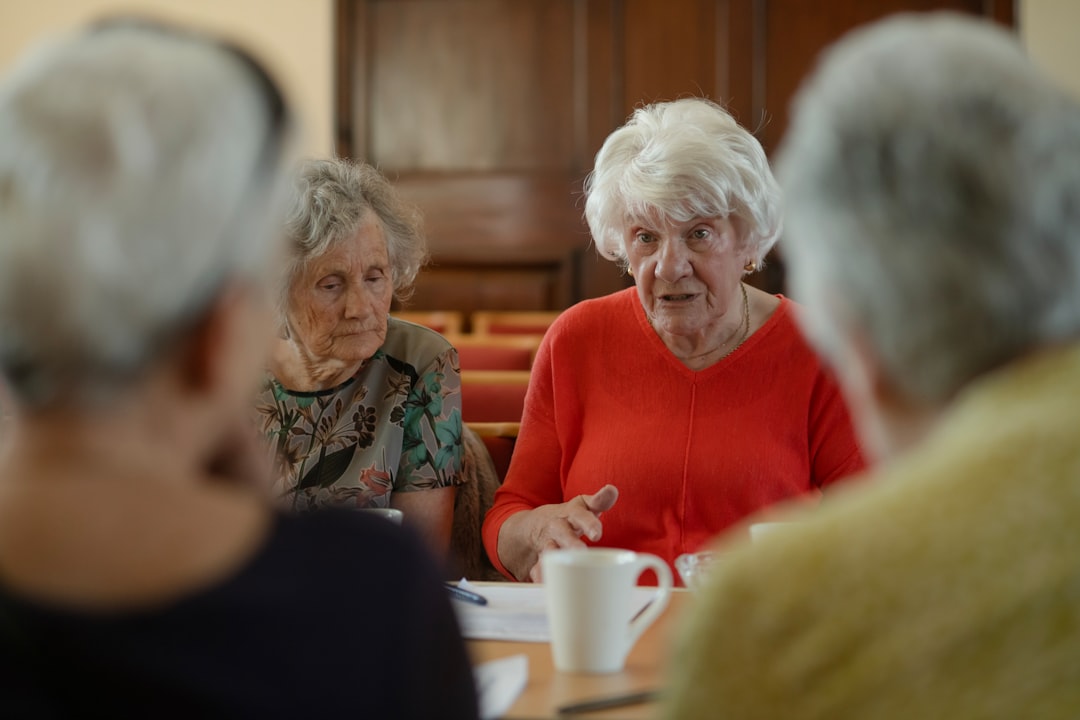
For many senior care operations, the inability to quickly identify anonymous concerns or satisfaction drivers means that valuable signals remain hidden. Paper forms, even when returned, often fail to capture nuance or urgency, delaying crucial interventions and leaving facilities vulnerable to negative outcomes, survey deficiencies, or missed engagement opportunities.
QR codes offer a practical solution that meets residents, families, and staff where they already are. They remove the need for app downloads, reduce cognitive load, and provide a single scan path to forms, updates, and resources. For administrators, the content behind a code can be updated instantly as policies or priorities evolve, minimizing reprinting costs and miscommunication. See how this plays out in healthcare settings and why it’s gaining traction in medical marketing QR.
This shift enables care managers to actively monitor satisfaction and address issues while stakeholders are still engaged. Facilities that transition to QR-driven collection report more actionable feedback, stronger family relationships, and fewer wasted hours chasing down untracked responses.
Gathering actionable feedback is often hampered by one-size-fits-all tools that do not fit the many interactions happening in senior care environments. Different QR formats help target the right information for the right audience, capturing data that leads to better decisions and faster action.
For senior care providers, the most effective formats are those that shorten the path to voice a concern, request help, or stay informed. Dynamic formats are especially valuable because programs, staff contacts, and operating procedures change frequently, and facilities cannot afford to reprint materials each time.
With dynamic QR tools, teams can adjust links as needs change: a “Scan for dining feedback” code can be redirected to seasonal menus or a new survey without reprinting table cards. Static codes still have a place for evergreen content such as Wi-Fi access or emergency instructions.
Even a strong digital feedback strategy will fail without thoughtful placement and clear calls to action. Senior care providers should apply evidence-based placement, test multiple options, and revisit locations as data accumulates. The goal is to meet each audience at decisive moments: during services, while waiting, or immediately after an interaction.
Analyze foot traffic patterns and consider the workflows of residents, families, and staff. Then align QR locations with moments where someone naturally thinks, “I have a thought to share.” From meal-time feedback to post-visit impressions, these moments are rich with timely, specific insight.
Providers that attribute codes by location and event gain insight into behavioral trends: where sentiment is high, where complaints surge, or where engagement lags. High-performing communities review placement data monthly, move or redesign low-performing displays, and commit to continuous optimization. For more placement ideas in this space, see senior care-focused guidance on senior care marketing.
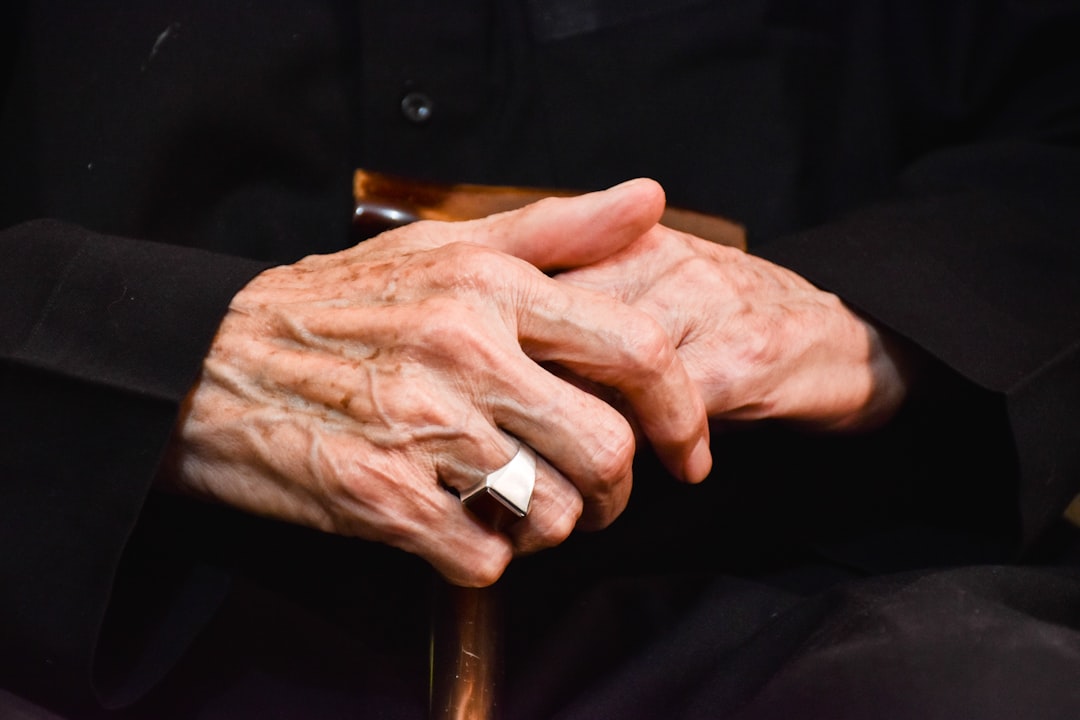
Many providers miss critical upsell or cross-sell windows because they lack timely visibility into resident and family sentiment. QR-based use cases become powerful when they are tailored to context and audience, with clear outcomes tied to each scan.
Design each use case with a specific job to be done: capture dining feedback, streamline maintenance reporting, or enable family updates. Then measure whether the use case actually shortens time to resolution, raises satisfaction scores, or improves compliance.
By surfacing engagement signals when they matter most, providers can act proactively. This prevents churn, boosts satisfaction, and reveals opportunities to offer higher levels of service based on real needs rather than assumptions.
A persistent frustration in senior care marketing is untracked intent. Families tour a facility, pick up materials, and leave little trace. With QR codes, every scan becomes a trackable signal that can be segmented and routed for tailored follow-up.
To unlock this value, create multiple QR codes for different touchpoints and assign each one to a distinct audience or journey stage. Combine scan data with context such as location, time, and intent to build segments that guide communication and outreach. For advanced tactics, see Sona’s retargeting playbook.
Modern QR platforms can score and enrich scans at a person or group level. With these capabilities, providers can discover previously invisible audiences and orchestrate precise remarketing without guesswork.
Senior care providers often struggle with inconsistent messaging and disconnected data across print, digital, and on-site channels. QR codes serve as a connective tissue across these touchpoints, making every surface a measurable onramp to digital experiences and workflows.
When codes are consistently branded and paired with clear calls to action, they unify the experience. Print materials become interactive, on-site signage turns into data, and events feed directly into your CRM. The result is a closed-loop system where each channel amplifies the others and reduces data loss.
Solutions that unify offline and online engagement data give care providers a measurable advantage. With a centralized platform such as Sona QR, you can manage codes, monitor performance, and automatically sync scan activity with your CRM and marketing tools. Start creating QR codes for free.
Strong outcomes require more than placing a few codes around the building. Effective QR campaigns align with specific operational goals, use the right code types, and close the feedback loop with timely follow-up. Before you deploy, align stakeholders on objectives and confirm how you will track success, from scan to resolution.
The steps below provide a structure your team can use to go from concept to measurable impact. Consider piloting in one service area first, then expand across your facility once the playbook is proven.
Each step helps prevent the loss or delay of critical data, building a foundation for measurable resident satisfaction and timely interventions.
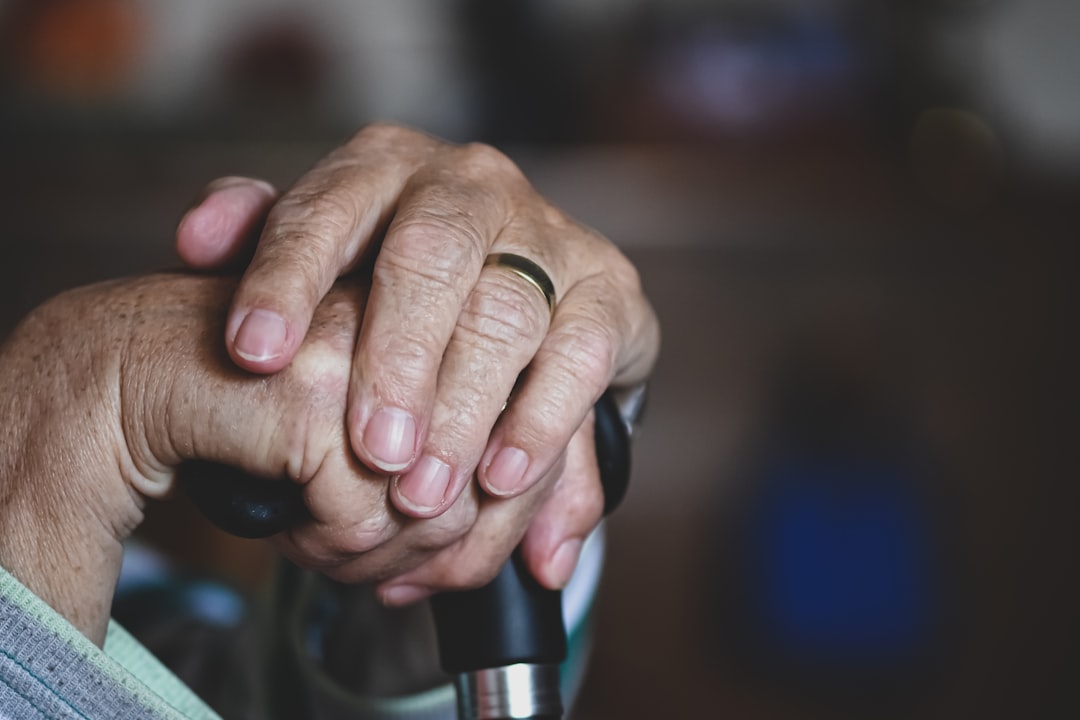
Scan activity often gets tracked in isolation without tying engagement to outcomes such as faster incident resolution, higher satisfaction, or improved census. To prove impact and prioritize resources, senior care organizations need end-to-end visibility, from the first scan to the final outcome.
Unified analytics bring clarity. When scan behavior, form completions, and follow-ups are all captured in one place, teams can attribute operational improvements to specific campaigns and placements. This allows leaders to reallocate budget, refine messaging, and invest in what works.
With Sona QR and Sona, teams can capture detailed scan data, sync it to CRMs like HubSpot or Salesforce, and connect offline engagement to revenue or census impact. For identifying unknown traffic, see Sona’s guide to account identification. To align reporting across channels, review Sona on offline attribution.
QR programs sometimes stall because teams cannot see which placements drive engagement or because staff are unsure how to promote scanning. Success comes from disciplined attribution, clear staff enablement, and automation that reduces manual work.
As you scale, treat QR codes like a product, not a one-off tactic. Standardize how you design, test, deploy, and measure each use case. Then replicate what works across buildings and service lines.
Providers report significant engagement lift when QR codes appear in newsletters, on bedside information cards, and within event flyers, especially when supported by staff training and proactive troubleshooting. Sona QR integrates with common CRMs and care tools so scan events can trigger workflows, task assignments, or lead scoring in real time.
A mismatch between platform capabilities and care setting demands can leave facilities juggling manual exports or working without reliable attribution. Evaluate software through the lens of your day-to-day operations: multiple buildings, rotating priorities, and diverse audiences with different needs.
Tools designed for general marketing may fall short in healthcare contexts if they lack compliance features, person-level tracking, or integrations with existing systems. Prioritize platforms that streamline the full loop: scan, submission, routing, resolution, and reporting.
Advanced solutions provide person-level event tracking and automated CRM enrichment so actionable intelligence reaches the right teams without delay. By contrast, generic tools without healthcare-focused integrations can exacerbate data silos and slow measurable improvements in care and service.
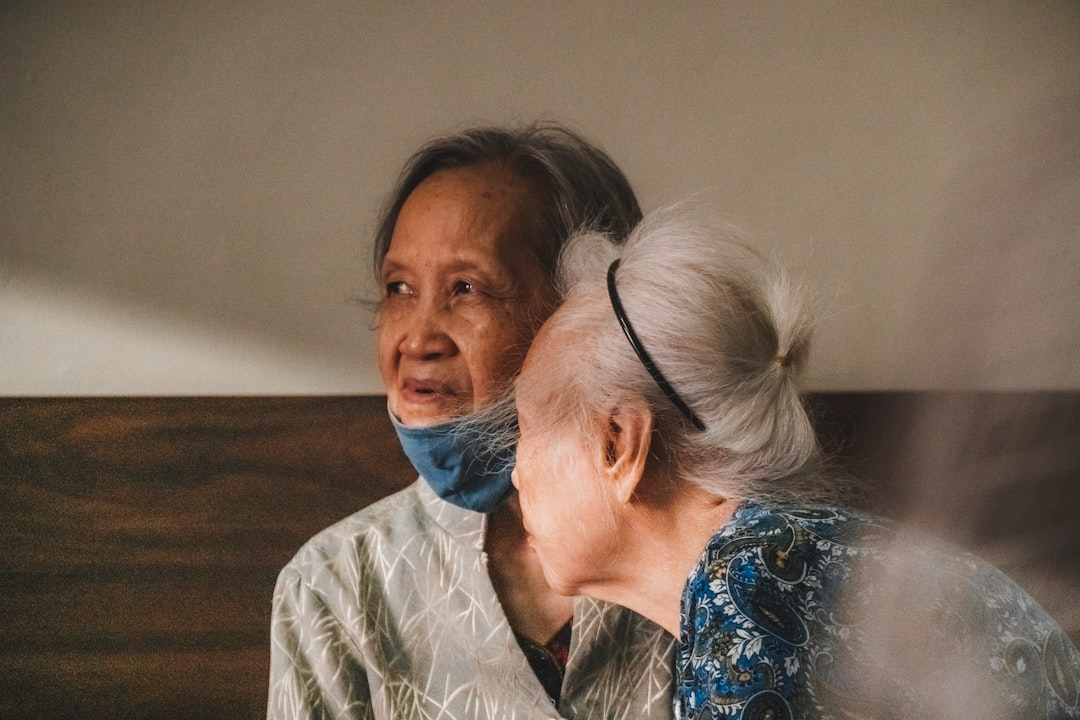
Implementing QR codes is not just a technical project, it is a change management initiative. Real-world outcomes depend on how well teams socialize the benefits, place codes thoughtfully, and act on what the data reveals. Facilities that pilot, measure, and iterate see stronger participation and faster operational gains.
Below are examples that show what good looks like, plus common hurdles and practical education strategies. Together, they form a roadmap for sustainable adoption at scale.
By leveraging QR codes thoughtfully, senior care providers transform every touchpoint, from dinner service to family visits, into a data-rich opportunity for immediate feedback and improvement. This approach ensures high-value prospects, urgent resident concerns, and emerging operational trends do not slip through the cracks.
A robust QR code platform empowers providers to connect feedback channels with CRM and care management workflows, facilitating timely, coordinated follow-ups that directly enhance resident experience and drive measurable results across marketing and operations.
With ongoing education, accessibility enhancements, and a commitment to continual optimization, QR-driven feedback becomes the backbone of an engaged, responsive, and future-ready senior care community.
QR codes have revolutionized senior care providers by transforming feedback collection into a seamless, real-time process that enhances service quality and resident satisfaction. Beyond simply gathering insights, QR codes empower care facilities to engage families and residents more effectively, streamline communication, and identify areas for improvement faster than ever before. Imagine instantly capturing honest feedback after every interaction and using that data to elevate care standards continuously.
With Sona QR, senior care providers can create dynamic, trackable QR codes that update on the fly—no reprinting needed—and link every scan to actionable insights. This means you can monitor engagement, respond promptly to concerns, and build a culture of transparency and trust. Start for free with Sona QR today and turn every scan into a meaningful opportunity to improve care and strengthen relationships.
Senior care providers include senior living communities, assisted living facilities, nursing homes, memory care, skilled nursing, and rehabilitation wings.
Choose a provider by considering the type of care needed such as assisted living or skilled nursing, and by assessing services, resident satisfaction, and facility engagement strategies.
Senior care providers offer services like dining programs, maintenance reporting, family communication, incident reporting, onboarding surveys, and referral or review capture.
QR codes enable immediate, app-free access to surveys and resources, increasing participation, speeding up feedback loops, and allowing real-time tracking and follow-up for better resident and family engagement.
QR codes unify offline and online engagement, provide measurable data on scan and response rates, support dynamic content updates, enhance transparency, and improve targeted communication and operational efficiency.
Place QR codes in high-traffic and service moments such as dining halls, lobbies, activity centers, reception desks, visitor guides, care stations, and on meal trays or room cards.
Dynamic QR codes linking to surveys, contact vCards, SMS or email forms, Wi-Fi access codes, and app download links are effective for capturing diverse feedback and facilitating communication.
By tracking scan rates, response completion, time to resolution, location-based engagement, and integrating data with CRM and care workflows to attribute outcomes and optimize performance.
Challenges include accessibility for residents with varying abilities, differing comfort levels with technology, privacy and security compliance, and the need for staff training and resident education.
Provide hands-on staff training with scripts, hold resident and family workshops or demos, use clear signage and instructions, and communicate privacy practices to build confidence and participation.
Look for scalability across locations, deep analytics and segmentation, integration with CRM and care systems, real-time dynamic content updates, ease of use, and compliance controls.
QR codes create trackable signals segmented by audience, location, and timing, enabling personalized follow-ups, automated outreach, and data-driven remarketing strategies.
Define clear feedback goals, select appropriate QR code types, design and test for accessibility, deploy codes in key touchpoints with branding and calls to action, then monitor and optimize performance.
QR codes provide instant access to up-to-date surveys, care calendars, and resources without apps, enabling timely feedback and reducing delays in addressing resident or family concerns.
Benefits include tripled actionable feedback submissions, reduced onboarding time and early complaints, faster incident resolution, improved dining satisfaction, and stronger family trust.
Use Sona QR's trackable codes to improve customer acquisition and engagement today.
Create Your FREE Trackable QR Code in SecondsJoin results-focused teams combining Sona Platform automation with advanced Google Ads strategies to scale lead generation

Connect your existing CRM

Free Account Enrichment

No setup fees
No commitment required

Free consultation

Get a custom Google Ads roadmap for your business






Launch campaigns that generate qualified leads in 30 days or less.
